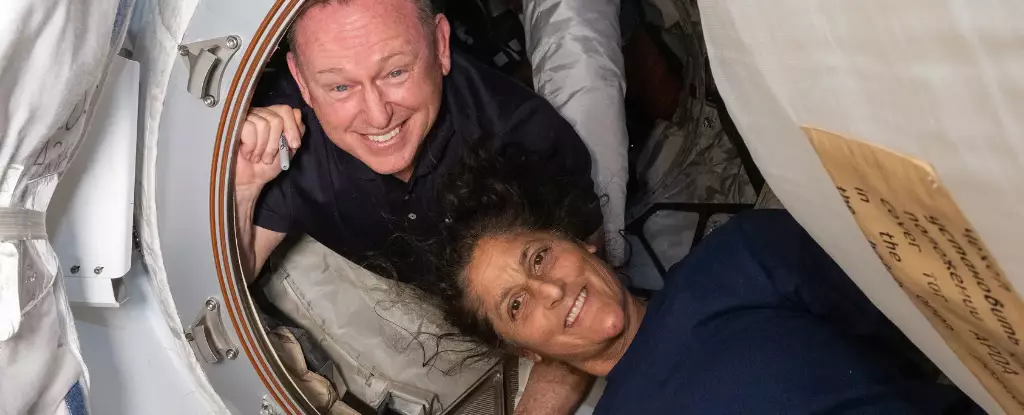NASA recently announced that two American astronauts, Butch Wilmore and Suni Williams, might return to Earth earlier than previously anticipated, marking a significant development in their prolonged stay aboard the International Space Station (ISS). Initially planned for just eight days, their mission has unexpectedly stretched to over eight months due to complications with their Boeing Starliner spacecraft, which faced propulsion system failures shortly after their arrival. This incident has not only prolonged their mission but also sparked discussions around the complexities and challenges of modern space travel.
As the situation unfolded, NASA decided that the Starliner would make the return journey to Earth without its crew after extensive tests failed to resolve the propulsion issues. Consequently, the agency looked to Elon Musk’s SpaceX to facilitate the astronauts’ return. Musk, known for his close ties to the former administration, pledged to ensure their safe journey back as soon as practical. This strategic shift highlights NASA’s reliance on private-sector innovation to address unforeseen problems in space missions, marking a pivotal moment in the collaboration between governmental space agencies and private companies.
The forthcoming SpaceX Crew-10 mission is scheduled to take off on March 12, subject to mission readiness. This launch will now utilize a previously flown Dragon spacecraft named Endurance instead of a brand new model, which will expedite preparations for the mission. The decision to switch spacecraft reflects the dynamic nature of aerospace operations and the need for adaptability in response to evolving circumstances. As Crew-10 prepares to launch, it will play a crucial role in the handover process for Wilmore and Williams, ending their unprecedented long-duration stay.
Despite the unexpected extension of their mission, both Wilmore and Williams have expressed high spirits, stating that they are well-stocked with food and are making the most of their time in microgravity. Their resilience serves as a testament to the human spirit and the capacity of astronauts to adapt positively to extended periods in a confined environment. While they await their return, the duo continues to carry out essential scientific research and contribute to the ongoing work on the ISS, highlighting the dual role astronauts play in exploration and scientific advancement.
Though Wilmore and Williams are set to make history with their extended mission, they have yet to eclipse Frank Rubio’s record of 371 days aboard the ISS, achieved earlier in 2023. Rubio’s prolonged stay, which was necessitated by a coolant leak in the Russian spacecraft intended for his return, emphasizes the potential for unforeseen challenges in human spaceflight. As missions become increasingly complex, the landscape of space exploration continues to evolve, necessitating innovative solutions and solid partnerships among space agencies and commercial entities.
The saga of Wilmore and Williams is emblematic of the unpredictability of space missions. Their upcoming return via SpaceX not only underscores the importance of flexibility in aerospace plans but also showcases the ongoing achievements of astronauts who courageously venture beyond our planet.


Leave a Reply